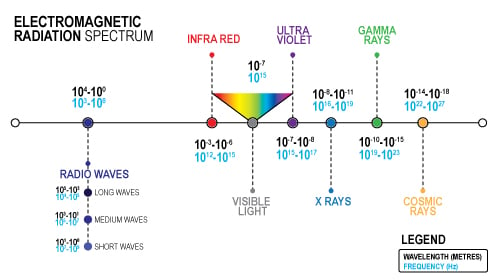Plants do best with plenty of PAR lighting. It's not just simply "red and blue" but specific frequencies within these wavelengths.
Plants also require UVA and UVB radiation to some extent for proper growth. UVB mostly for aquatic (it penetrates far deeper than UVA). Even humans benefits frm healthy doses of UVB. Kills off harmful pathogens in the body. This is a different topic for a different thread however...
There are certain limits. UVA can be extremely harmful, and is filtered out by our planets magnetic field. A very small amount does make it through.
The blue light emitted from most commercial lights (unless purchased for strictly marine) are typically just there to mimic moon lighting. They are not of the proper wavelength for plant propagation. At least good plant propagation.
Also, the blue side is more for vegetative stages, and red for bloom stages.
When you get into LED lighting, it can actually be harmful to any life, as the light being emitted is very specific to the "tuned" frequency of the diode. Lifeless light as some call it. They can make arrays that are "full spectrum", and you pay heavily for these fixtures. Florescent lighting is able to reproduce a better light, but is also weaker by comparison. Both technologies are about the same cost small scale these days. Think LED may still be grabbing more, but not because it costs more to make these days. Cause it's a."hip" thing to do. Mind you, a LED by nature will also always emit a portion of blue light. This is what everyone keeps telling folks about with televisions and other screens out there. It will ruin your eyes if prolonged exposure is experienced. It can cause mental issues like depression and anxiety. It can do all these things no matter what life form we speak of. Nature of the beast.
So when you speak of lighting for aquaria, there are expensive application specific options available. They do pretty good. Those multi-color ones are for things like Glo-fish tanks. Just a decorative thing. No real practical use. Just ooo and ahh. Spend the money, and get a good light for what you're trying to do. Strike that balance between fish and plant.
I will say, that I have been entertaining the idea of placing a tank in front of my window without a backing on it. Other than the UV block in the glass (which is why most glass experiments failed), this will provide the best natural lighting there is. I'm not convinced algae growth is enough to cause me to not do it. Plenty of small plecos on the market to take care of that. Cheapest light on the planet as well!





